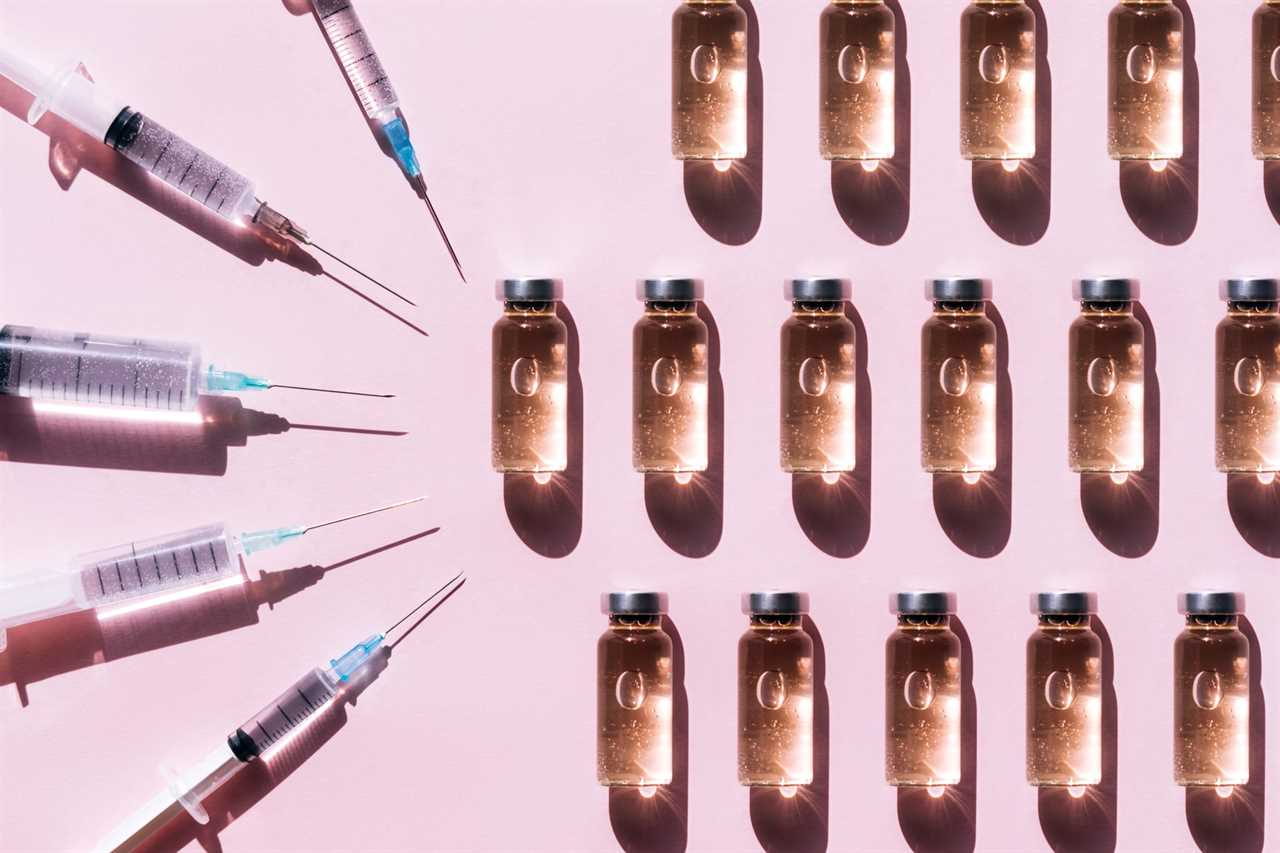
courtesy of popsugar.com
The Surge in Popularity
In recent years, the world of cosmetic enhancements has seen a significant uptick in the acceptance and use of dermal fillers. Thanks to high-profile personalities and a broader cultural shift towards self-improvement, procedures like Botox and various fillers have become more mainstream. This change has opened up a conversation about the myriad of ways dermal fillers can be utilized beyond mere lip plumping and cheek contouring.
Choosing the Right Filler
Not all dermal fillers are created equal. With a variety of substances available, including popular options like hyaluronic acid and more niche choices such as calcium hydroxylapatite, it's crucial to consult with a professional to find the best match for your aesthetic goals. Each filler has its own set of strengths, ideal for different areas of the face and body.
Expert Insights
To demystify the world of dermal fillers, we've consulted with board-certified dermatologists and plastic surgeons. These experts shed light on everything from the basics of what dermal fillers are, to the specifics of where they can be used, their longevity, and the costs involved.
What Are Dermal Fillers?
Dermal fillers are nonsurgical injections used to add volume, smooth wrinkles, and correct asymmetries. While hyaluronic acid is the most commonly used substance, there are other options tailored to specific needs and areas of the body.
Application Areas
Fillers are versatile, with applications ranging from facial enhancements to treatments for the hands, fingers, and earlobes. They are FDA approved for certain uses, but many practitioners also apply them "off label" for additional benefits.
Cost Considerations
The price of dermal fillers varies by location and the amount of product needed. Typically, a syringe can cost between $700 and $1,200, with the total expense dictated by the treatment area and desired outcome.
Longevity of Results
The durability of filler results depends on the type of filler used and its location. Factors such as the material, molecule weight, and texture of the filler play a role in how long the effects will last, ranging from four months to over a year for different products.

courtesy of popsugar.com
Detailed Breakdown of Filler Types
From Restylane to Juvéderm, and the innovative RHA collection, each type of filler serves a unique purpose. Some are designed for subtle enhancements, while others provide more dramatic volume or stimulate natural collagen production for longer-lasting effects.
Post-Treatment Care
Recovery from dermal filler injections is relatively minimal, but there are certain activities, like drinking alcohol or exercising, that should be avoided immediately post-treatment to ensure optimal results.
Understanding the Risks
While complications from dermal fillers are rare, potential risks include asymmetry, swelling, infection, and in very rare cases, more severe reactions. Choosing a board-certified dermatologist or plastic surgeon for the procedure can help minimize these risks.
As the conversation around cosmetic enhancements evolves, dermal fillers stand out as a versatile and increasingly accepted option for those looking to refine their appearance. With a range of products available and the guidance of experienced professionals, individuals can achieve their aesthetic goals with confidence.
*** We'd appreciate you endorsing our sponsor *** |
| [TAG2]
Image Credit: Anita Catlett / AuthorsUSA.com |
Did you miss our previous article...
https://naturesmart.us/beauty/microcurrent-marvels-nuface-mini-vs-ziip-halo-showdown
 HealthWellnessFitnessBeautyVideosPrivacy PolicyTerms And Conditions
HealthWellnessFitnessBeautyVideosPrivacy PolicyTerms And Conditions
